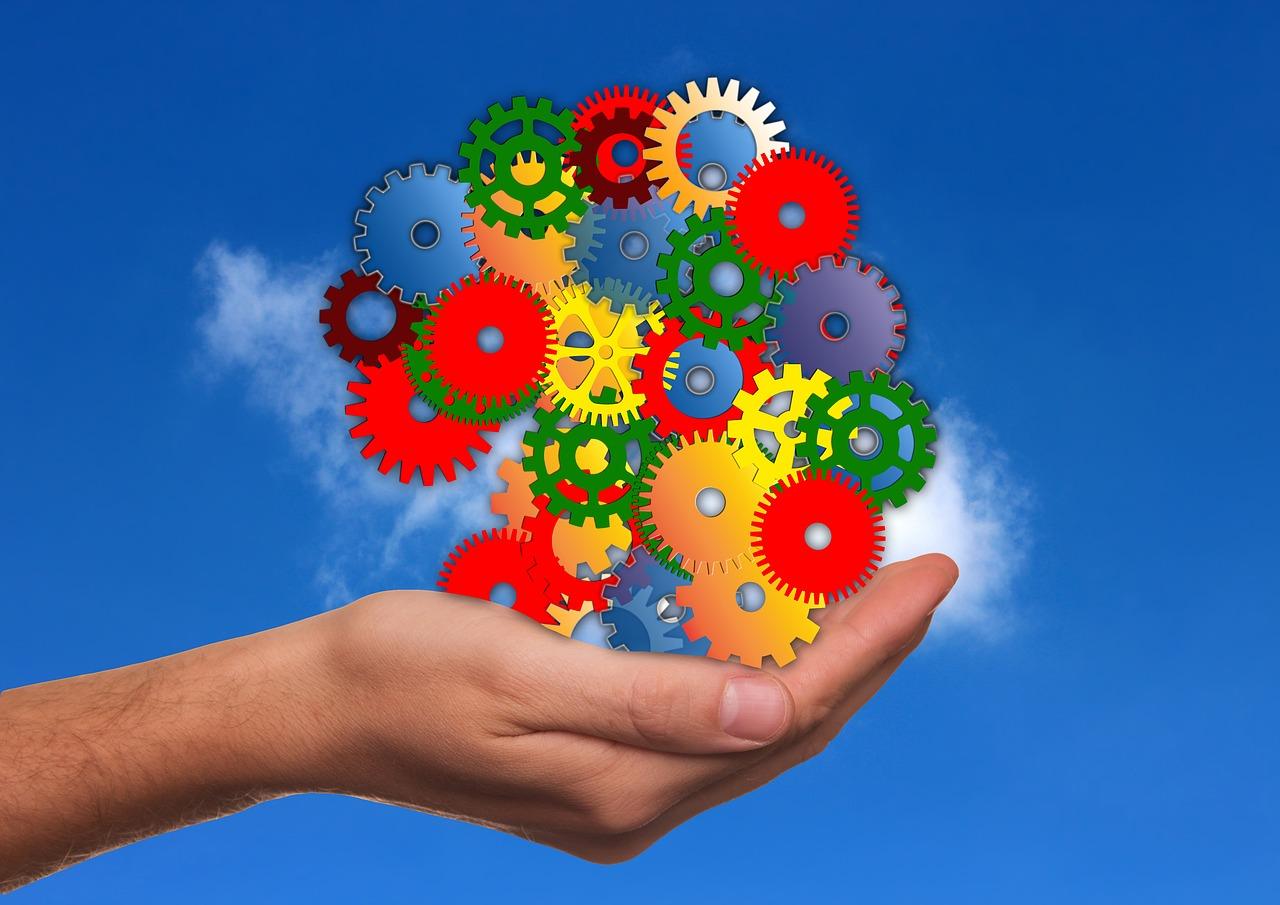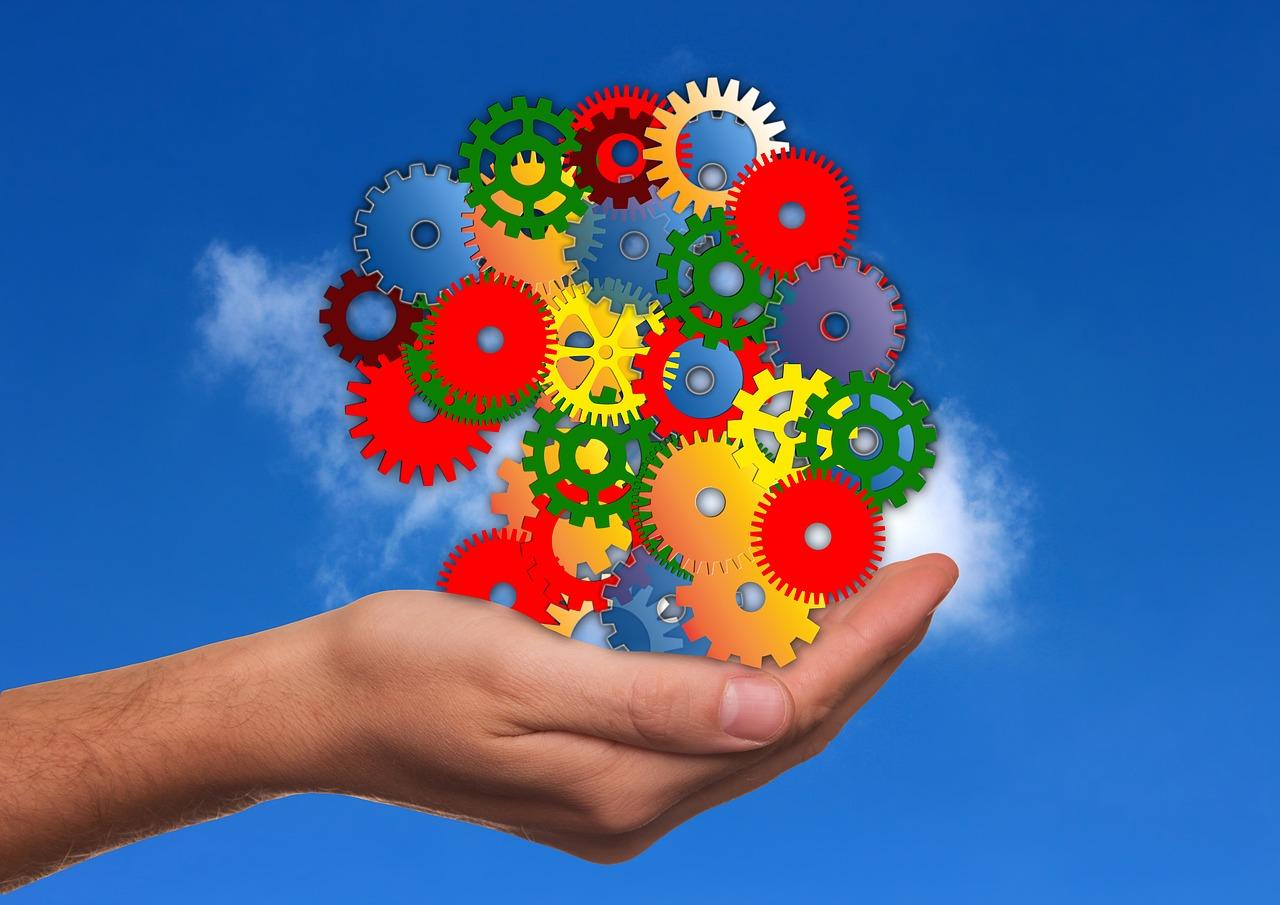5 min read
Fog Computing vs Cloud Computing: Key business opportunities and disruptions
Anurag : Apr 13, 2020 11:57:22 AM

 source: pixabay.com
source: pixabay.com
Whether you know it or not, your life has been largely impacted by cloud technology. When you open your email or upload your photos online, you are using cloud technology to store and share your data, and when you are using software that is only available online, something like Hubspot, you are using cloud technology to give your business that extra edge it needs.
However, your life is about to get a major upgrade thanks to fog technology, cloud technology’s little sister, and the role it has to play in the internet of things.
Before we start looking at how this technology will change things and how you can better prepare for it, let’s take a minute to be clear on what we mean when we are talking about cloud and fog computing.
So what exactly is cloud computing?
In a nutshell, cloud computing allows several computers to access a central server, which is just a much larger computer, and operate on it.
In other words, once a device is logged onto a specific server, the device can upload data onto the server, use the server to run some type of software, or actually create new software with the help of these servers.
As a matter of fact, cloud servers tend to offer one of three services, all of which have been enormously beneficial to businesses:
- IaaS, which stands for Infrastructure as a Service, allows individuals to use remote servers as an extension to their already existing infrastructure, which means that these servers can be used to store data, increase processing power, or facilitate the workings of a certain network.
- PaaS, which stands for Platform as a Service, enables developers to create and launch new applications with the help of online tools that are ideally suited for this purpose.
- SaaS, which stands for Software as a Service, lets people use online software, such as was the case in the Hubspot example above.
Pros and Cons of cloud computing
As a user of cloud computing, you can enjoy these services from anywhere on the planet as long as you have an internet connection.
What’s more, you have the power to let others enjoy the work you do on the cloud, be it through sharing with them the stuff you upload, letting them help you develop your application, or having them use the same software file you are using.
Obviously, cloud computing comes with many benefits as well as plenty of use cases.
- For starters, cloud computing allows users to forego local servers in favor of a centralized one.
- In some cases, the cloud allows people to use a device with minimal processing capabilities and rely on the computing power of a distant server, which is also known as virtual computing.
- Because users log into the cloud only when they have to, they are effectively renting computing power they are using, meaning they only pay for what they use - nothing more. Hence, cloud computing has the potential to help individuals save considerable amount of money
That being said, whereas cloud computing is perfectly adequate in cases where you or I may be in need of a little extra processing power, things aren’t that clear cut in the case of IoT, the internet of things.
Back up, Internet of Things?
At this point, it is worth taking a quick digression to understand what the internet of things is and how it differs from every other use case we’ve mentioned so far.
You can think of IoT as an ambitious project where most devices you use on a daily basis are connected to one another through the internet.
Whenever you see a driverless car whizzing down the street, you can be sure that that car is communicating with other cars as well as the traffic street lights in order to cross the street safely.
The same stands for your smartwatch: It communicates with your phone, which also communicates with your laptop, making it much easier to track your fitness goals and take calls on the fly.
So, how does IoT differ from any other piece of technology that uses the internet?
Well, it differs in many ways.
- The amount of data that is being transferred from one place to another is gargantuan. Every device connected to the internet has several sensors that are feeding it information about the world around it.
- The information that comes in from these sensors is a jumbled up nonsense that needs to be sorted and cleaned up before any useful information can be gleaned from it, which requires a lot of computing power.
- In many IoT cases, plenty of devices need an almost instantaneous response from other devices, such as is the case when a car is trying to move from one lane to another.
- Finally, seeing as different devices tend to be programmed using different languages, developers have to work extra hard to create applications that enable these devices to have two-way conversations
How does this have anything to do with Cloud computing?
Glad you asked.
You see, with 5G technology on the way, we will be able to transfer a large amount of data from one place to another in a very small amount of time.
The question is – what do we do with this data once it’s been transferred, and this is where cloud computing comes back into the story?
Thanks to cloud computing, we have a central server which can collect and store all the data being produced and can enable the development of applications that can process this data and allow devices to “talk” to one another.
Nevertheless, when it comes to IoT, cloud computing also has some serious drawbacks.
- Given how far the servers can be from the device producing all the data, there tends to be a severe latency between when a device sends something, and when it gets a response.
- As a cloud computer is nothing more than a centralized server, it is liable to experience some downtime, be it due to a power outage or some other reason. Yet, some IoT devices can’t afford to lose internet connectivity at any time.
- The fact that terabytes of information are crossing long distances means that this information is liable to get hacked or stolen at any point.
This is where fog computing comes in.
What is Fog computing now?
Even though the term fog computing came about in 2014, the idea behind it is quite intuitive: to decentralize a centralized network, which is achieved by creating multiple local networks that are connected to the cloud.
Rather than having each device communicate with a giant server thousands of miles away, each group of devices contained within a certain place will communicate with a nearby server where all their data is processed, and then this server will filter out the unnecessary stuff and send to the cloud whatever remains.
In a way, fog computing is nothing more than an extra layer of computing added on top of the cloud, yet this extra layer allows us to sidestep plenty of the problems we encountered earlier with cloud computing.
- Due to the fact that fog servers are much closer to IoT devices than cloud servers, the latency problem disappears, and each device gets the response it needs when it needs it.
- Being a decentralized system, fog computing makes downtime a much less severe problem: A device unable to reach one server can always defer to another nearby.
- Fog computing affords its users plenty of security because the data is processed through multiple servers instead of a centralized one.
Bearing all of this in mind, fog computing does have a few drawbacks.
The complexity of the system makes maintaining it a bit more costly: not only do companies have to incur additional expenses so as to buy more routers and hubs, but engineers working on the network will also have a harder time troubleshooting problems that show up.
This complexity limits how scalable the fog layer can be.
What this means for your business
IoT is the future.
It is estimated that between 2015 and 2020, there will be around $6 trillion invested in this space, and other estimates believe that there may be around 24 billion IoT devices operating by the end of that 5-year span.
Hence, you need to start thinking about how you can incorporate it into your business today.
A big part of your job will include figuring out how you would like to store and process your data, and your best bet will probably be a hybrid cloud solution that fits your particular situation while relying on both the fog and the cloud layers.


